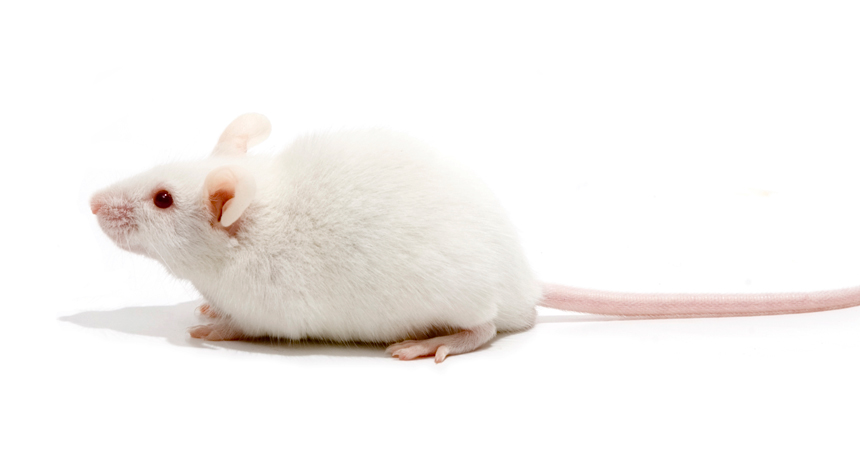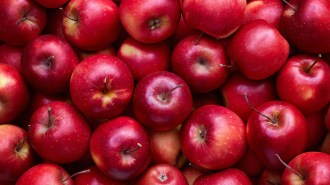Pain curbs sex drive in females, but not males
Sexes respond to irritating injections differently, mouse study finds

PAIN, NO GAIN Pain made female mice less interested in sex but had no such effect on males, a new study finds.
Rgbspace/istockphoto
- More than 2 years ago
Pain makes female mice less amorous, but males ignore burning injections in pursuit of females, a new study finds. The results, published in the April 23 Journal of Neuroscience, highlight stark differences between male and female sexual behavior in mice.
But it’s not clear whether the findings apply to the vagaries of human sexuality.
To test how pain affects the sexual behavior of female mice, Jeffrey Mogil of McGill University in Montreal and colleagues designed an arena that allowed female mice to choose when to mate. Because males initiate sex more frequently than females, this setup let the researchers test female motivation. Females could slip through small holes to reach eager males; larger males couldn’t squeeze through the holes, “though, boy, did they try,” Mogil says. In separate tests, male mice were observed in an open chamber with receptive females.
For a female, a painful injection to the cheek, tail, paw or vulva reduced mating behavior and the time spent near a male, the team found. But for a male, an injection in the cheek, paw or tail had no effect on mating behavior. Injections to the penis tended to reduce the amount of sexual behavior, but the effect wasn’t strong enough to be conclusive. (The researchers tested between six and 10 male mice in each experiment. Mogil suspects that if more males were tested, the trend of reduced mating behavior in mice that received penis injections would have been stronger.)
The idea that males will endure pain to mate isn’t new, says integrative biologist David Crews of the University of Texas at Austin. “Males will undergo an enormous amount of pain to get access to a female,” he says, as other studies on rodents have shown. In females, the new study clearly shows that pain reduces a female mouse’s motivation, not just physical ability, to mate, he says.
The findings are “perfectly explainable by evolutionary theory,” Mogil says. Males are typically less choosy and more motivated to mate, whereas females, which usually invest more time and energy into their offspring, are more selective. Extended to humans, the results suggest that innate biological differences — and not social influences — underlie differences between men and women’s sexual behavior, Mogil says. “These data suggest very strongly that it has nothing to do with culture,” he says. “It has everything to do with biology.”
But other scientists disagree. “I take issue with their fast and loose extrapolation to humans,” says Barry Komisaruk, a behavioral neuroscientist at Rutgers University in Newark, N.J. Psychological factors play a big role in sexual behavior and shouldn’t be discounted.
Human sexual decisions are far more complex than the simple choices mice make in tightly controlled experiments, says anthropologist Peter Gray of the University of Nevada, Las Vegas. “In addition to feeling pain, or maybe being given a medication to manage pain,” he says, people may ask themselves, “Is the moment right? Did I get enough sleep? Is this person the one? How much have I been drinking?” The study provides reasons to think that evolutionary history plays a role in human mating behavior, but translating lab studies of mice to complicated human behavior, both male and female, will be challenging, he says.






